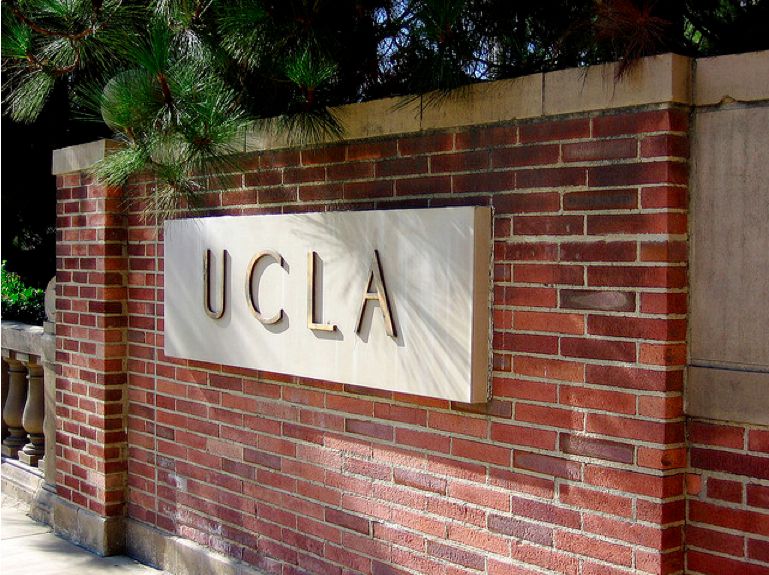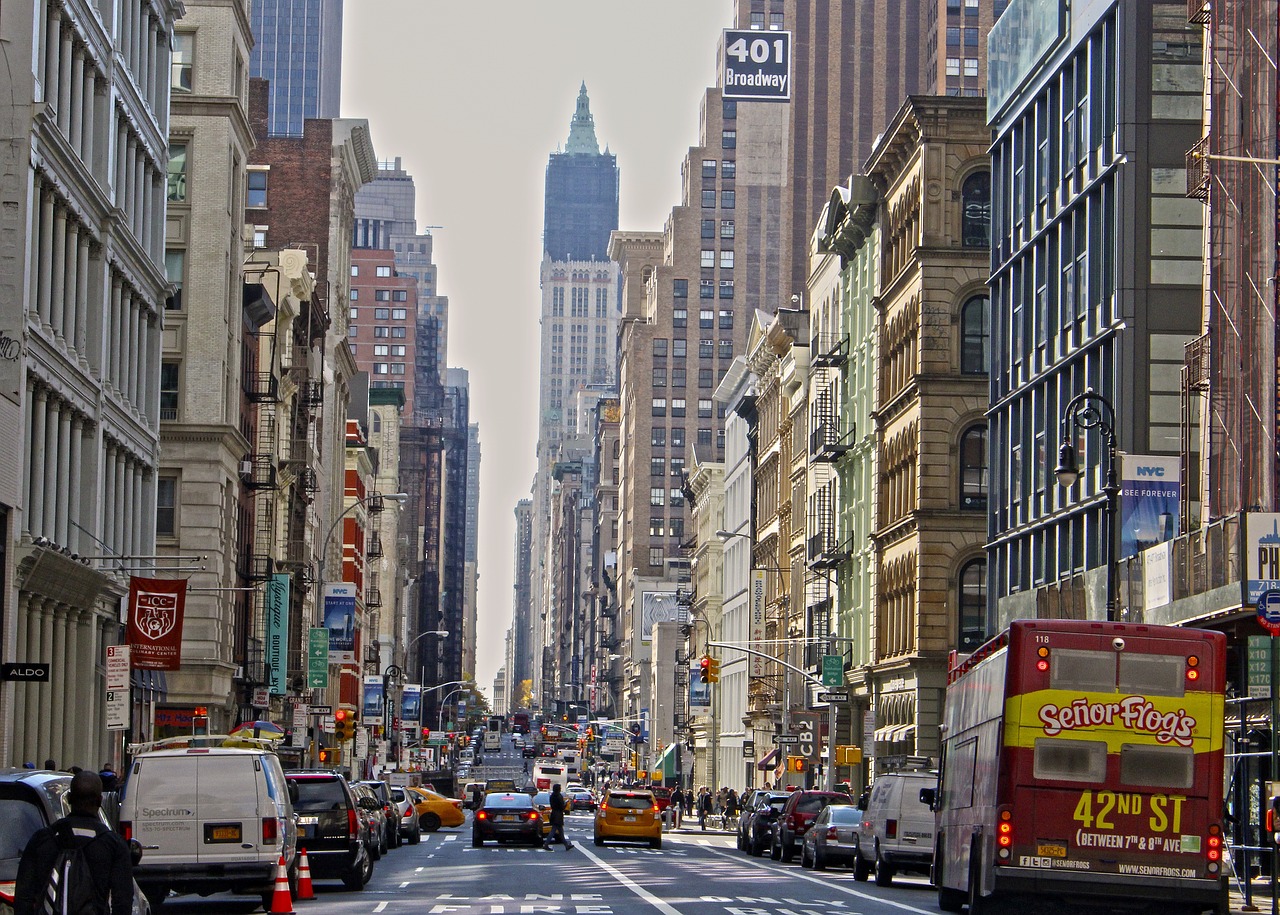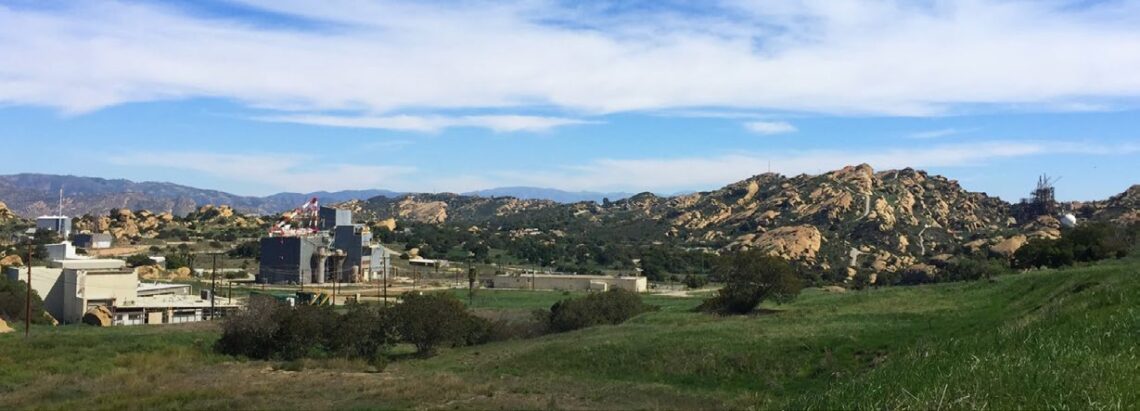
Secrets in the Hills: My Journey into the Santa Susana Field Laboratory
After doing a bunch of interviews, including group ones, I started working at the California Department of Toxic Substances Control (DTSC) in 2007. I made some awesome friends and learned a lot—especially about disinformation (which is when people spread false info on purpose). I also learned about endangered orangutans, which made me even more passionate about protecting the environment!
My job was called Public Outreach Specialist. That means I helped explain environmental issues to the public. One of the main places I worked on was called the Santa Susana Field Laboratory (SSFL), located between Ventura and Los Angeles counties.
What is the Santa Susana Field Laboratory (SSFL)?
The Santa Susana Field Laboratory is a huge site—about 2,850 acres—in Simi Valley. It was used for rocket engine testing and nuclear research. The land is owned by both Boeing (a big aerospace company) and the U.S. government. The parts owned by the government are managed by NASA also leased the Department of Energy (DOE).
There were lots of dangerous chemicals left behind at SSFL, including:
Toxic Solvents (like trichlorethylene)
Heavy Metals
Oil-based stuff (petroleum hydrocarbons)
Radionuclides (from nuclear activities)
Clearly, the site needed a major cleanup. That should’ve been easy, right? But… it wasn’t.
Disinformation Made Things Worse
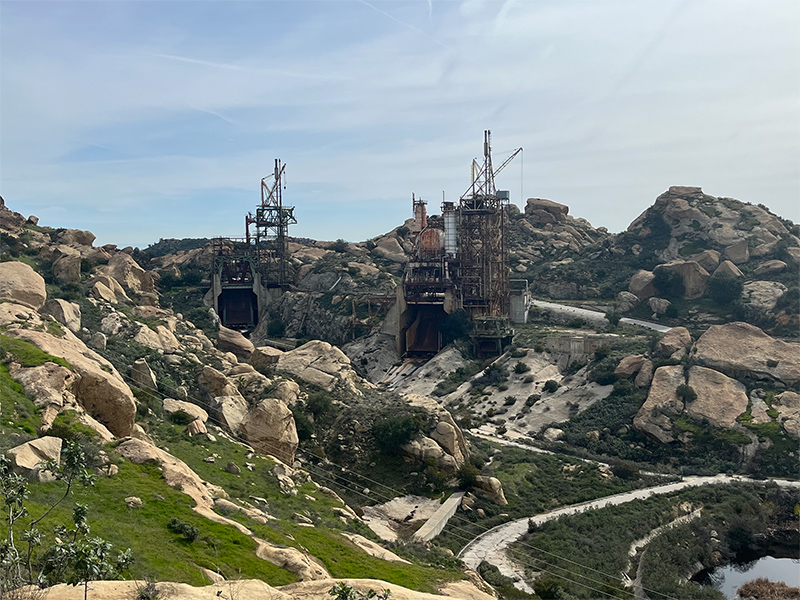
I care deeply about the environment and believe toxic sites should be cleaned up. I also worked closely with people from Boeing, NASA, and the DOE. They truly wanted to fix the mess (despite what people in the community say). But things got messy because of disinformation.
Some people in the area were told scary, untrue stories. They were told the Santa Susana Field Laboratory disaster was worse than Three Mile Island (a real nuclear accident). They were also told that all cancer in the area came from a partial meltdown in 1959. But that’s not true. The 1959 incident was serious, but it wasn’t anything like Three Mile Island.
Sadly, fear and anger spread. Lawsuits started flying. New laws were passed that required extremely strict cleanup rules—stricter than anywhere else in California.
Why That’s a Problem
Don’t get me wrong—cleanup is important. But making the rules too strict can also hurt the land. SSFL is part of a vital wildlife corridor. That means animals like mountain lions, bobcats, deer, and even bears use it to move around safely. Over 135 kinds of birds fly through there, too!
Plus, the area was home to Native American groups for thousands of years. The Chumash, Tongva, and Tataviam people all lived there. The land still has sacred sites, including ancient rock art and other important cultural treasures.
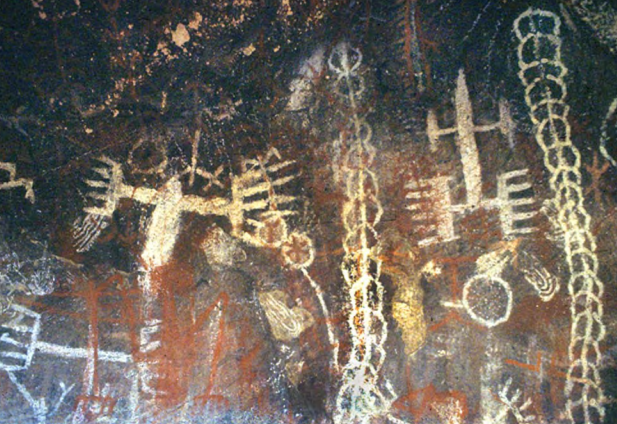
In The End
Working at DTSC really opened my eyes. I learned that disinformation—when people spread false information—can confuse even the kindest, most well-meaning people. I also realized how tricky it can be to protect both people and the environment at the same time.
The hardest part? I was asked if I could “tow the party line,” which means going along with something even if you don’t believe it’s right. But I couldn’t do that. I care deeply about protecting the planet and keeping people safe—not causing more harm. So, I made the tough decision to leave my job.
And I don’t regret it. Because standing up for what’s right is always worth it.
Want to catch up on the parts of my journey you missed? Click here to jump in!




